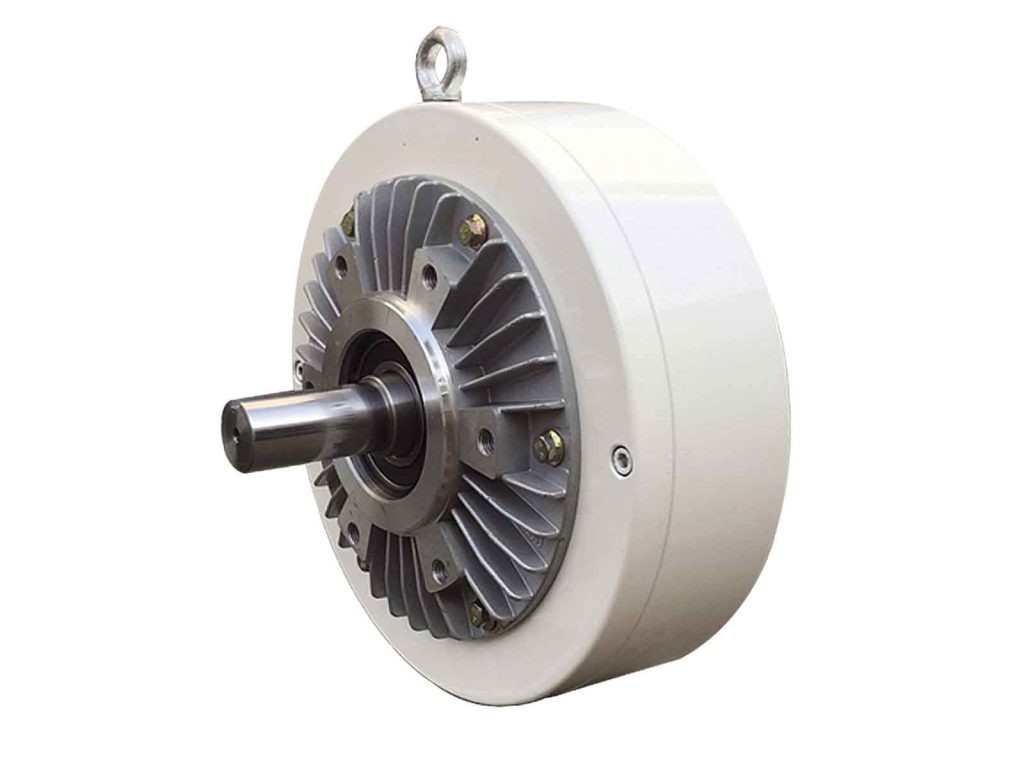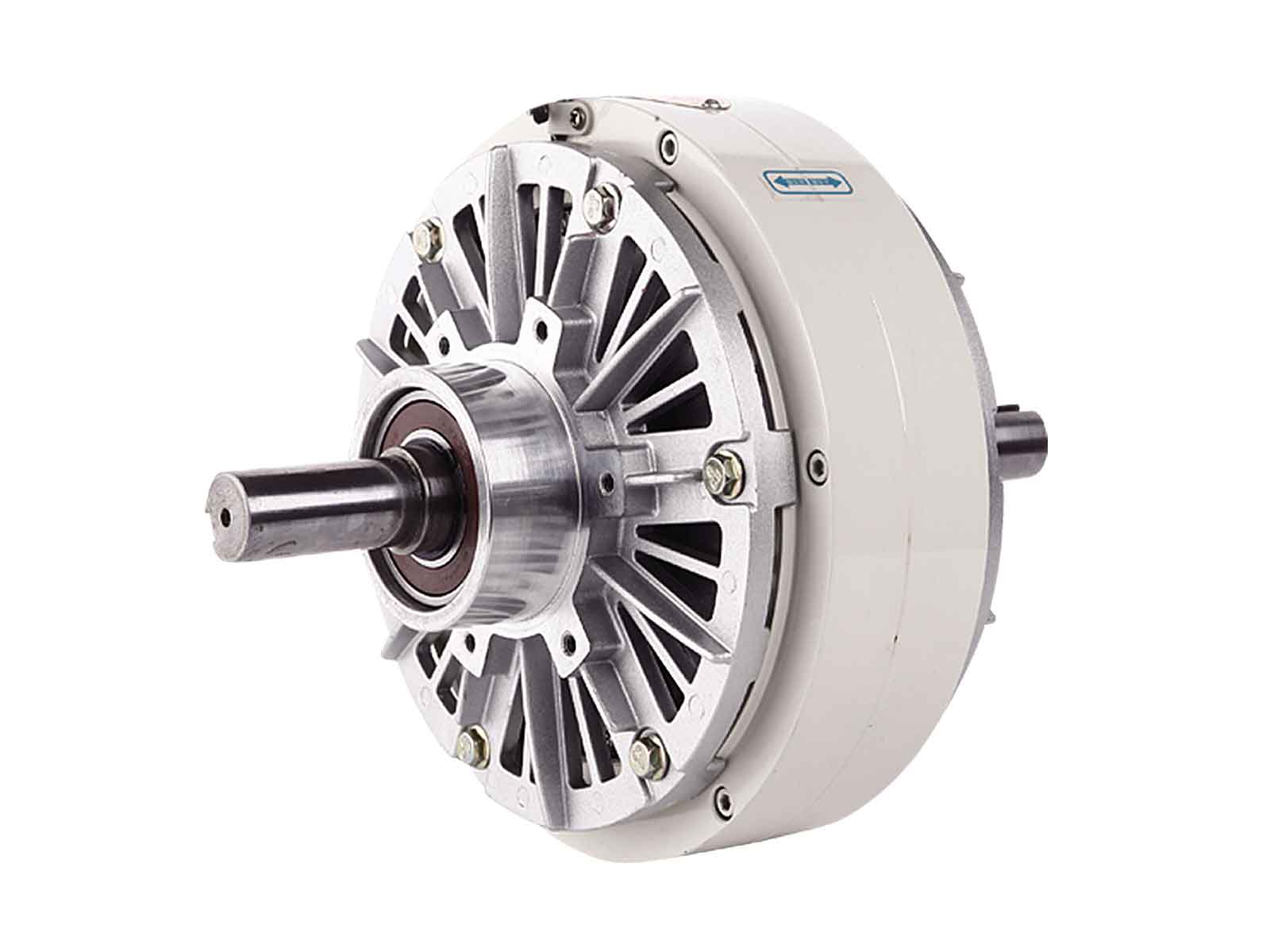In the realm of mechanical testing of asynchronous motors, the application of magnetic powder brakes introduces a unique set of challenges and opportunities. Delves into the fundamental characteristics of magnetic powder brakes and their interaction with asynchronous motors.
It proposes a novel approach involving speed feedback control to stabilize torque-speed measurements, thereby creating a closed-loop system that approximates constant speed loading near the intersection of motor torque-speed characteristics.
Fundamental Characteristics of Magnetic Powder Brakes
Magnetic powder brakes exhibit a crucial characteristic where the output braking torque demonstrates a strong linear relationship with excitation current. Notably, this relationship remains unaffected by speed or slip variations. Additionally, under specific excitation current levels, the brake displays constant torque attributes. However, due to the inherent constant torque nature of magnetic powder brakes, they alone cannot facilitate stable measurement of the complete torque-speed curve of asynchronous motors.
Introducing Speed Feedback Control
To address this limitation, a speed feedback control mechanism is proposed. This involves the integration of a suitable controller into the magnetic powder brake’s excitation circuit, forming a stable closed-loop automatic regulation system. This system operates in proximity to the intersection of the motor’s torque-speed characteristics, creating a near-constant speed loading condition.

System Configuration and Operation
The experimental setup involves coaxially connecting the test motor, magnetic powder brake, and optoelectronic encoder. The motor’s speed is precisely measured and fed back through the optoelectronic encoder. By setting a desired speed via a potentiometer, equivalent to defining a speed reference, a speed error signal is generated by comparing the reference with the feedback signal. This error signal is processed through a PI controller, which then controls a pressure-controlled constant current source. As a result, the excitation current of the magnetic powder brake is modulated, leading to a corresponding change in the brake’s braking torque.
Advantages and Implications
The integration of speed feedback control into the magnetic powder brake system offers several advantages. Firstly, it allows for the stable and accurate measurement of the complete torque-speed curve of asynchronous motors. Secondly, the proposed closed-loop control system presents the opportunity to explore and optimize near-constant speed loading conditions, enhancing the precision and reliability of mechanical testing. Furthermore, this approach contributes to a more comprehensive understanding of the motor’s behavior across varying load conditions.
Conclusion
In conclusion, the incorporation of speed feedback control in conjunction with magnetic powder brakes provides a promising avenue for overcoming the inherent limitations of constant torque characteristics. This innovative approach not only stabilizes torque-speed measurements but also opens doors to intricate studies of motor behavior under controlled loading conditions. By harmonizing these technologies, researchers and engineers can unlock new insights into asynchronous motor mechanics and contribute to advancements in motor testing methodologies.
